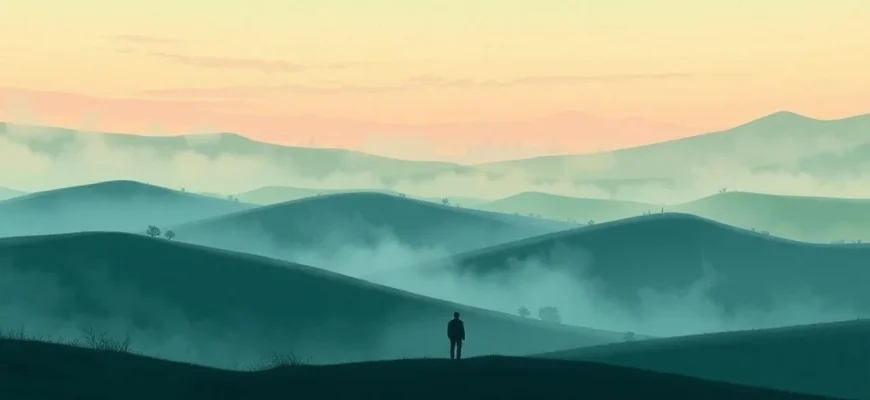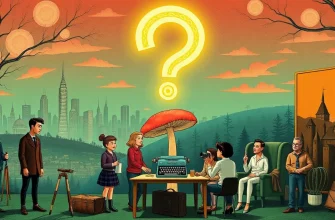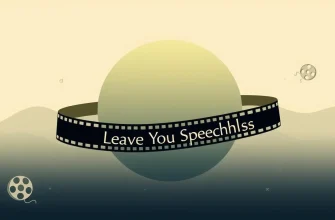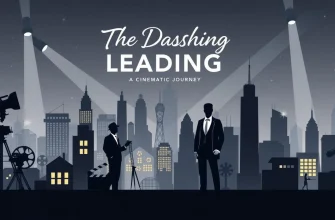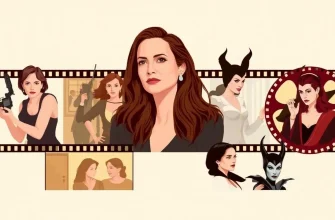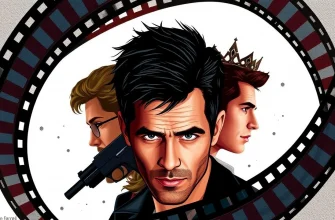Dreams have always fascinated filmmakers, offering a canvas where reality bends and the impossible becomes possible. This collection of films dives into the enigmatic world of dreams, exploring themes of subconscious desires, fears, and the thin line between reality and illusion. Whether you're intrigued by psychological thrillers, surreal adventures, or introspective journeys, these movies will take you on a mesmerizing trip through the dreamscape.
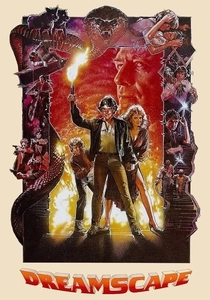
Dreamscape (1984)
Description: A psychic is recruited to enter people's dreams to stop a political assassination. The film explores the potential of dream manipulation for good and evil, blending sci-fi with horror elements.
Fact: Dennis Quaid's character was originally written for Jeff Bridges, but Quaid's performance helped make the film a cult classic. The film's dream sequences were groundbreaking for their time.
 Watch Now
Watch Now 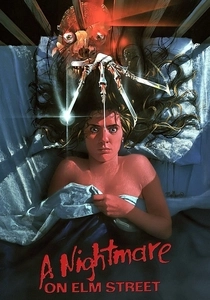
A Nightmare on Elm Street (1984)
Description: Wes Craven's horror classic where teenagers are stalked and killed in their dreams by Freddy Krueger. The film's premise of being vulnerable in sleep makes it a unique entry in horror cinema.
Fact: The character of Freddy Krueger was inspired by real-life events and urban legends. The film's success spawned a long franchise, with Freddy becoming an iconic horror villain.
 Watch Now
Watch Now 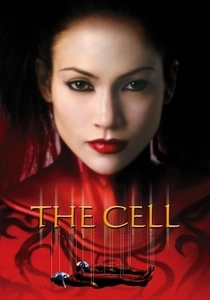
The Cell (2000)
Description: Jennifer Lopez stars as a psychologist who enters the mind of a comatose serial killer to find his latest victim. The film's use of dream imagery and psychological horror is both visually stunning and unsettling.
Fact: The film's dream sequences were inspired by the works of artists like H.R. Giger and Salvador Dalí. It was one of the first films to use extensive CGI for dream sequences.
 Watch Now
Watch Now 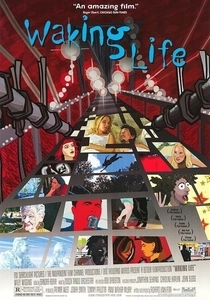
Waking Life (2001)
Description: Richard Linklater's experimental film uses rotoscoping to explore philosophical questions about existence, reality, and dreams through a series of dream-like sequences.
Fact: The film was shot in Austin, Texas, and features many real-life philosophers and thinkers discussing various topics. The rotoscoping technique gives the film a unique, dream-like quality.
 Watch Now
Watch Now 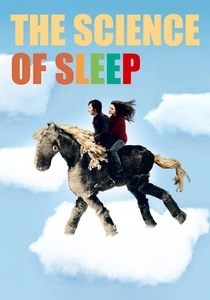
The Science of Sleep (2006)
Description: Michel Gondry's whimsical tale about Stéphane, a man whose dreams and reality intertwine, leading to surreal and often humorous situations. The film delves into the creative and chaotic nature of dreams.
Fact: Michel Gondry, known for his music videos, brings his distinctive visual style to the film, making it a visual feast. The film was shot in Paris, adding to its dreamlike atmosphere.
 Watch Now
Watch Now 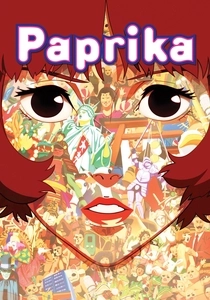
Paprika (2006)
Description: This anime by Satoshi Kon follows a dream detective who uses a device to enter people's dreams to solve crimes. The film blurs the lines between dreams and reality, showcasing the power and danger of dream manipulation.
Fact: Satoshi Kon was known for his surreal storytelling, and "Paprika" was his last completed work before his untimely death. The film's visual style influenced many subsequent anime and even live-action films.
 Watch Now
Watch Now 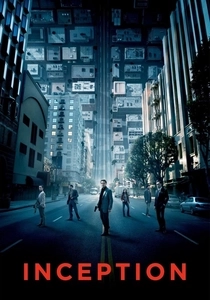
Inception (2010)
Description: Christopher Nolan's mind-bending thriller where a professional thief, Dom, uses experimental technology to infiltrate the subconscious and plant an idea into a target's mind. The film's exploration of dream layers and the concept of inception makes it a quintessential entry in this list.
Fact: The film's dream-sharing technology was inspired by lucid dreaming and the idea of dream control. The spinning top, Dom's totem, was a gift from his wife, Mal, and symbolizes his struggle with reality.
 Watch Now
Watch Now 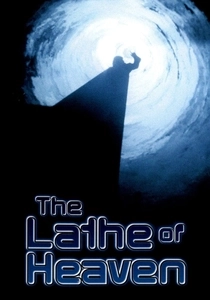
The Lathe of Heaven (1980)
Description: Based on Ursula K. Le Guin's novel, this TV movie follows a man whose dreams can alter reality, leading to a battle over the control of his subconscious mind.
Fact: The film was remade in 2002, but the original is often praised for its faithful adaptation of the novel's themes. It was one of the first films to explore the ethical implications of dream manipulation.
 30 Days Free
30 Days Free 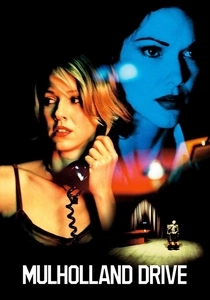
Mulholland Drive (2001)
Description: David Lynch's surreal narrative about an aspiring actress and a mysterious amnesiac woman, exploring themes of identity, dreams, and the dark side of Hollywood. The film's dream logic and ambiguity make it a dream-like experience.
Fact: Originally conceived as a TV pilot, Lynch turned it into a feature film when the pilot was not picked up. The film's ending is famously open to interpretation.
 30 Days Free
30 Days Free 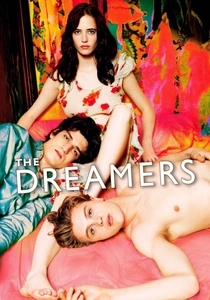
The Dreamers (2003)
Description: Set during the 1968 Paris student riots, this film by Bernardo Bertolucci follows three young cinephiles whose lives intertwine in a dream-like exploration of freedom, love, and cinema.
Fact: The film was controversial for its explicit content, but it also received praise for its portrayal of the era's cultural and political upheaval. It was banned in several countries upon release.
 30 Days Free
30 Days Free 
